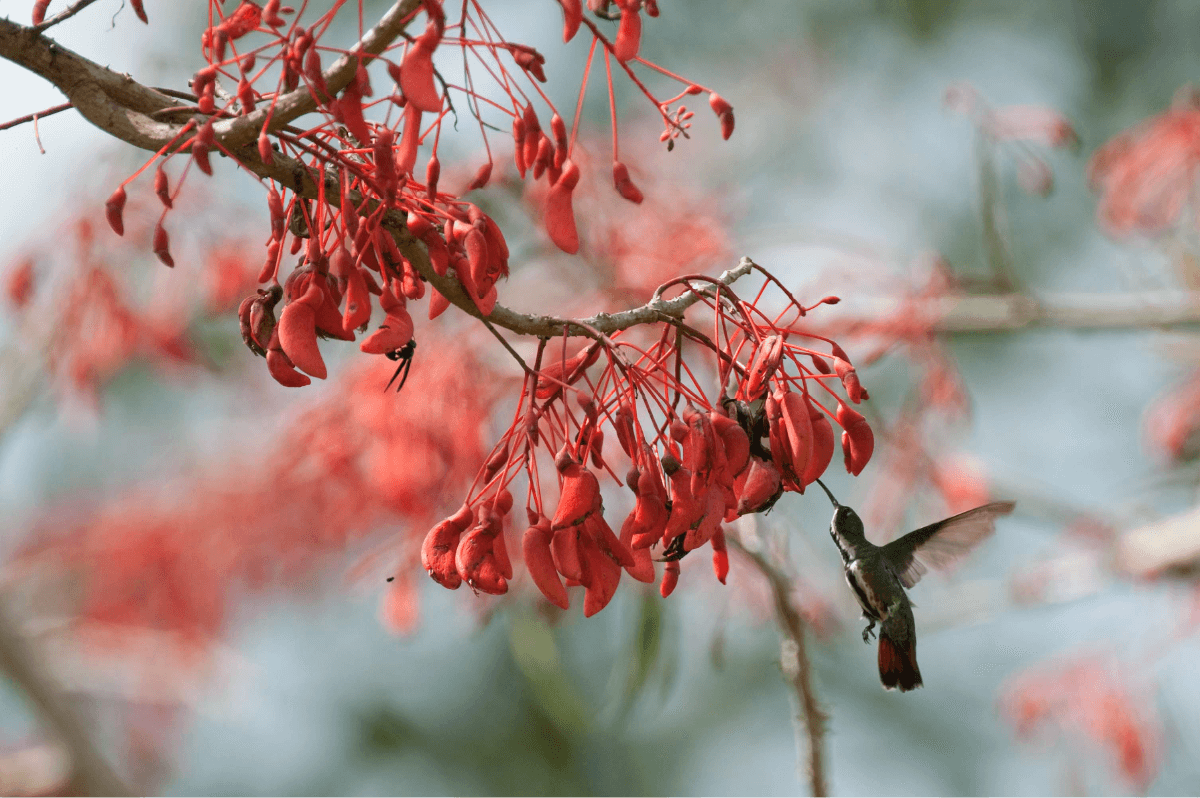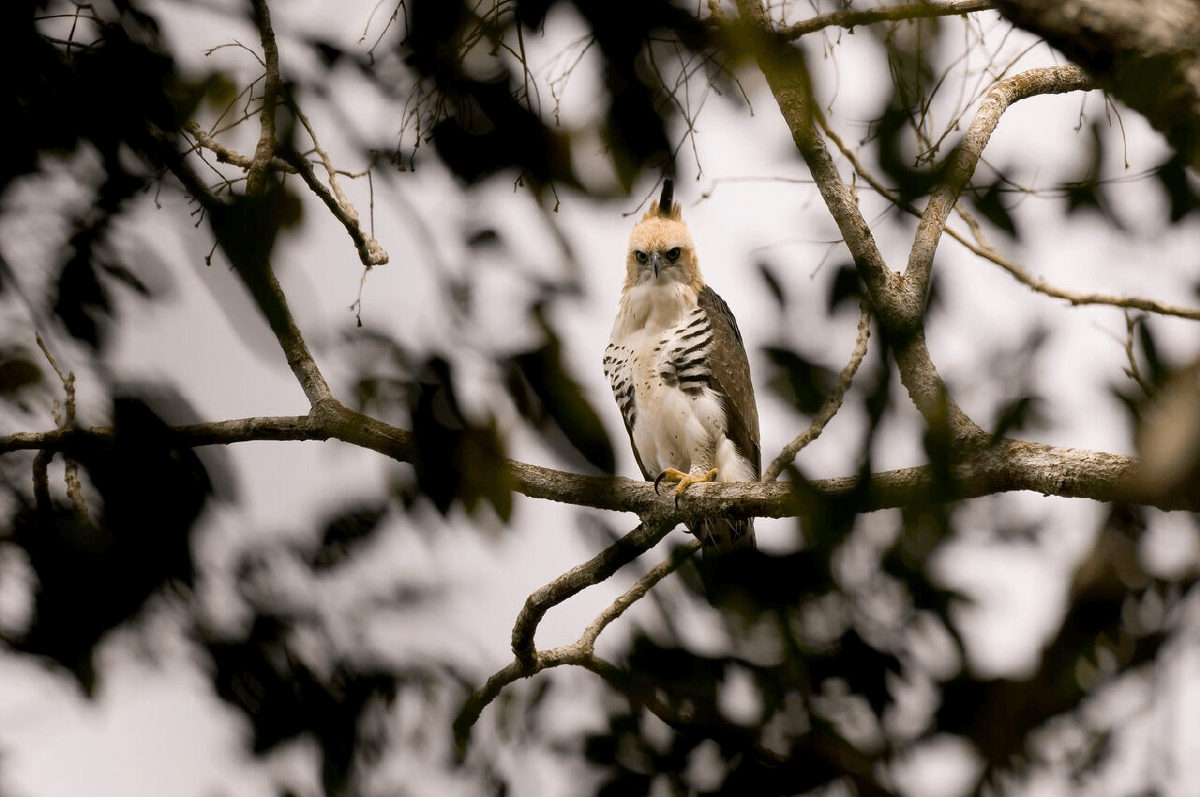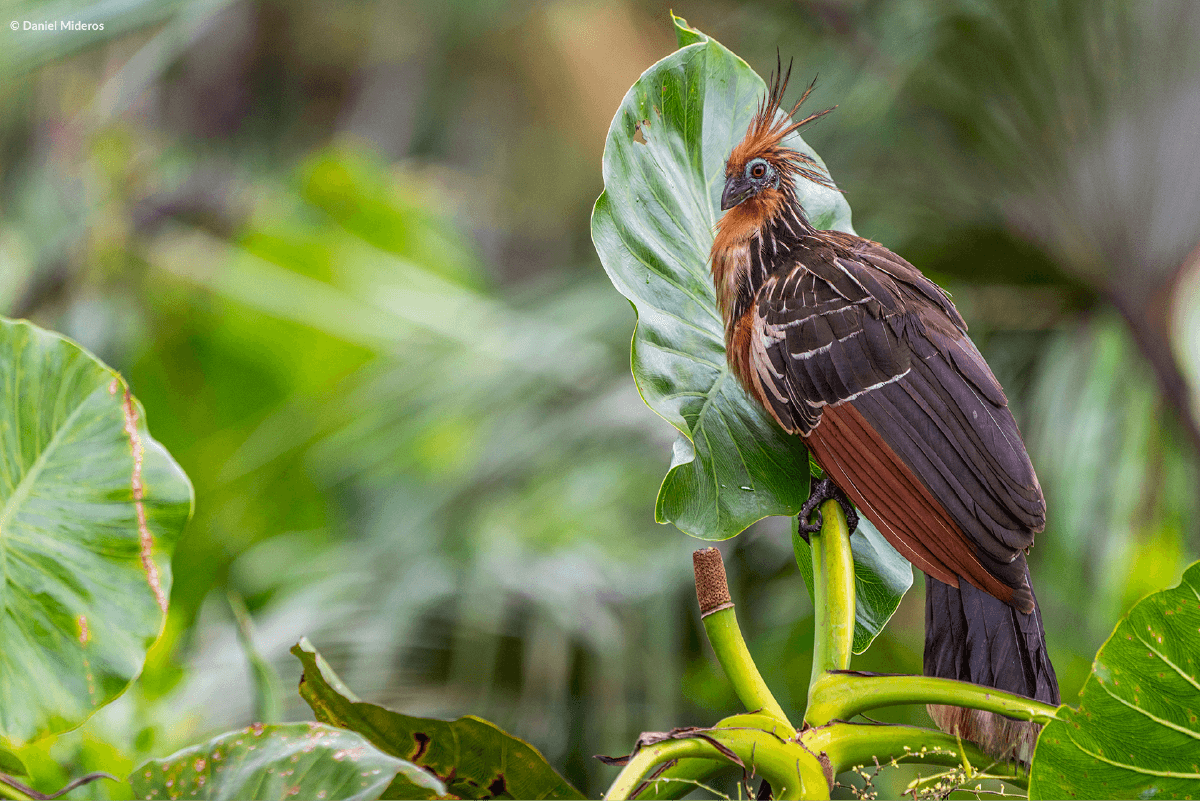Most birders are aware that bird diversity varies according to latitude. The arctic region has few resident birds, the temperate zone has more, and the tropical belt has the most. Half-way between the United States and the equator is tiny Costa Rica, which has over 850 species — more species than in the entire United States. Ecuador, sitting right on the equator, is the culmination of this trend.
With over 1500 species of birds, Ecuador offers more bird diversity in less space than any other country in the world.
Geographic good fortune has blessed Ecuador with a wide variety of faunal zones, including some of the richest on this planet, each with its characteristic birds.
Ecuador’s Amazonian faunal zone alone has more than 600 species of birds, and several other Ecuadorian zones are nearly as rich.
Ecuador’s small size (equal to the U.S. state of Colorado) and well-developed transportation system means that this diversity can be easily accessed and experienced even by those with limited time and money.
The key to seeing lots of species in Ecuador is to visit as many different faunal zones as possible. However, if your goal is to observe a selection of birds closely, you will have a more satisfying experience by picking one or two zones and remaining there as long as










